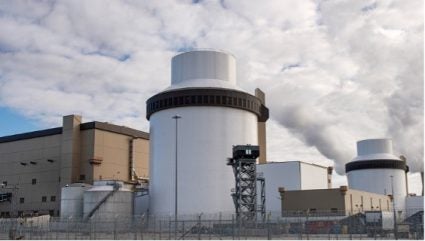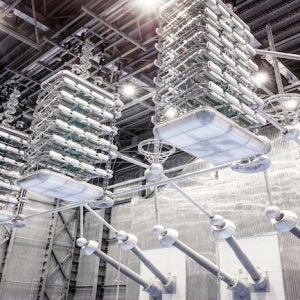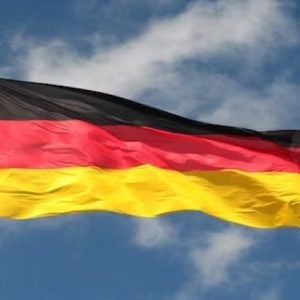
The United States is at least a decade and possibly fifteen years behind China in nuclear power, according to a report from ITIF, the Information Technology & Innovation Foundation, a non-profit think tank based in Washington DC.
China currently has 27 nuclear reactors under construction, at least twice as many as any other country, and a fleet of 56 reactors in operation. It expects to build 6 to 8 new nuclear power plants every year and is projected to pass the USA in nuclear-generated capacity by 2030. China intends to build a total of 150 new nuclear reactors between 2020 and 2035.
Government support has been crucial. The government has strongly prioritised domestic nuclear reactor construction, and ITIF researchers believe that China appears likely to use this established domestic capacity as a foundation for competitive reactor exports.
In December 2023, China began operation of the world’s first fourth-generation nuclear power plant, the 200 MW gas-cooled Shidaowan-1, in China’s northern Shandong province. The government has stated that 90 % of the technology incorporated in the new plant was developed within China.
However, ITIF notes that technologically the Chinese programme may not be especially innovative technologically. The bulk of China’s current fleet consists of 3G nuclear reactors that were initially designed by Westinghouse in the USA, such as the AP1000 in the late-1990s. Its technology and designs were transferred to China in 2008 as part of a contract to build four reactors based on the AP1000’s 2005 design.
ITIF says that China’s success in nuclear power innovation lies in its systemic and organisational approach, including a comprehensive national strategy for nuclear power, encompassing national and provincial levels. This strategy includes various supportive policies such as low-interest financing, feed-in tariffs, and other subsidies that make nuclear power generation cost-competitive. Additionally, China has streamlined the permitting and regulatory approval processes and effectively co-ordinated supply chains.
ITIF cites industry analyst Kenneth Luongo, who commented, “They don’t have any ‘secret source’ other than state financing, a state supported supply chain, and a state commitment to build the technology.”
The US, with 94 operational nuclear reactors, is still world leader in nuclear energy output but has launched only two new nuclear power projects in the past decade, with the newest, the Vogtle Unit 4 plant in Georgia, coming online recently.
ITIF believes that a coherent national strategy and a “whole-of-government” approach would be needed if the USA is to recover its leadership position, involving several key steps: federal R&D and regulatory agencies would need sufficient staffing to support innovation, down-selection, regulatory approval and deployment of new reactor types; incentives, tax credits and attractive financing would need to be provided to facilitate cost-competitiveness; and policies such as streamlined export credit programmes would be necessary to support exports from US nuclear reactor producers.






